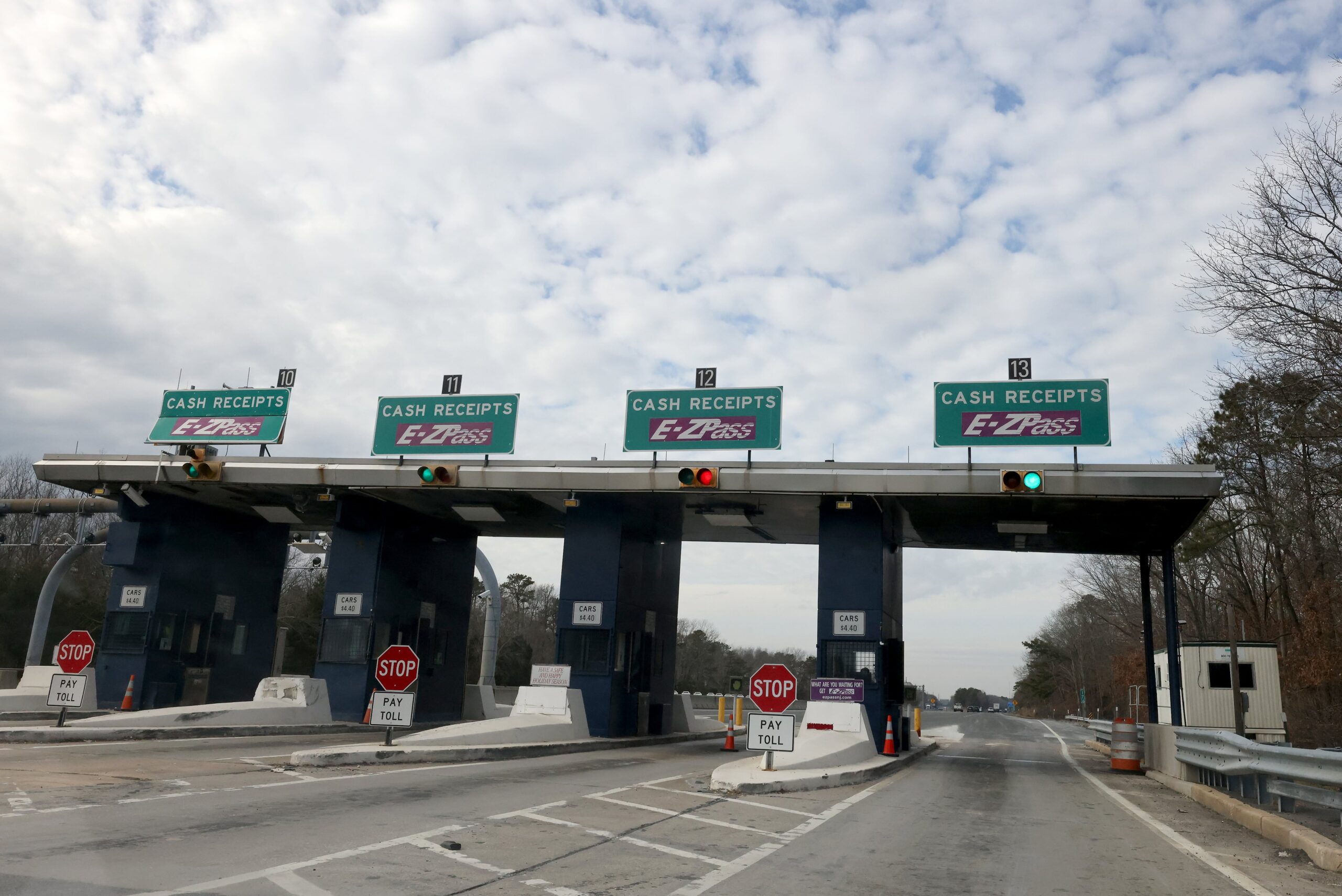Tennessee’s right-of-way laws help manage traffic flow and reduce accidents by dictating who has the priority to proceed in various driving situations. Understanding these rules is essential for drivers, pedestrians, and cyclists.
Intersections and Right of Way
At intersections, Tennessee law follows these principles:
- Controlled Intersections – Traffic signals and stop signs determine who has the right of way.
- Uncontrolled Intersections – If no signs or signals are present, the driver on the left must yield to the driver on the right.
- Four-Way Stops – The first driver to stop has the right of way. If two vehicles arrive at the same time, the driver on the left must yield.
Pedestrian Right of Way
- Pedestrians in crosswalks have the right of way.
- Drivers must yield to pedestrians when turning at intersections.
- Pedestrians must obey traffic signals and should not step into moving traffic.
Emergency Vehicles
- Drivers must pull over to the right and stop when emergency vehicles approach with sirens or flashing lights.
- On multi-lane roads, drivers should move over to allow emergency vehicles to pass safely.
Merging and Passing
- Vehicles merging onto a highway must yield to traffic already on the road.
- Drivers must pass on the left and return to their lane once it is safe.
Violations of Tennessee’s right-of-way laws can lead to fines, points on a driver’s record, and increased insurance rates.








